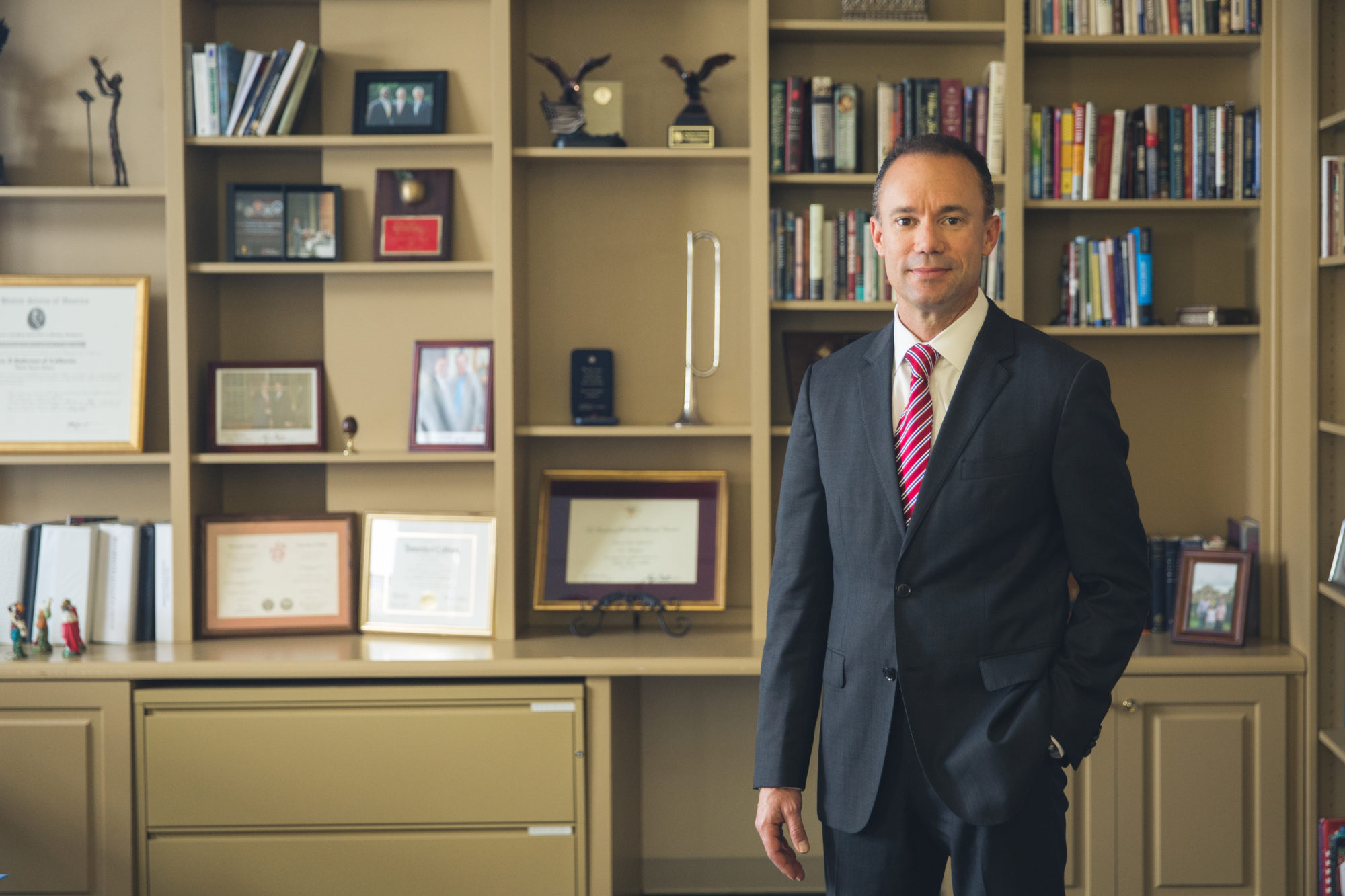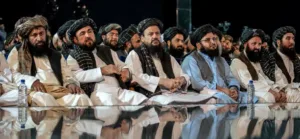In Christian Faith, Philosophy, and International Relations: The Lamb and the Wolf, Simon Polinder and Govert Bujis advance a new school of Christian international relations thinking that they call “The Amsterdam School.” Clearly a form of Augustinian (Christian) realism, their contribution advances an ongoing dialogue amongst an interdisciplinary group from just war, Niebuhrian, and Neo-Reformed perspectives. With an international cast of contributors—such as Robert Joustra, James Skillen, Scott Thomas, Beatrice de Graaf, and others—the book provides a thoughtful introduction to the possibilities of applied Christian international relations theory today.
So what is the “Amsterdam School of Christian Philosophy”? The editors argue that this school provides (a) a meaningful structure for thinking about international relations, (b) an approach focused on different spheres of authority (influenced by Abraham Kuyper), and (c) a focus on restoration and healing in a world riven by rivalry and conflict. The Amsterdam School’s roots are in Augustine, but clearly this approach differentiates itself from or, better, extends beyond classical just war scholarship and mid-century Christian (Niebuhrian) realism by recovering the scholarship and theological orientation of Abraham Kuyper, Herman Dooyeweerd, and, to a lesser extent, theologians such as Herman Bavinck.
In one sense, this book is a huge pronouncement: “The Amsterdam School is here!” Time will tell if a distinctively Neo-Calvinist international relations approach is possible and would somehow push decisively beyond the larger, shared Augustinian realism that marks Protestant scholars such as Jean Bethke Elshtain, Marc LiVecche, Keith Pavlischek, Joseph Loconte, Mark Amstutz, and others.
Is “the Amsterdam School” a school of thought? In my own chapter in this book, I note the difference between a “community of discourse” as distinct from other, more formal “schools” of thought. The latter typically have a founder, disciples, and genealogy, and they are often tied to a specific geographical place. For instance, there are Marxists inspired by Karl Marx and Hegelians inspired by Georg Wilhelm Friedrich Hegel. In the social sciences if one were to speak of the “Chicago school” of economics or to speak of “Straussians,” one would obviously mean, respectively, economics associated with the University of Chicago and the work of Leo Strauss, rather than the composer Richard Strauss or devotees of Levi 501s.
Consequently, I am not sure there is an Amsterdam School yet, but my hats off to these scholars because we do need hubs of intellectual activity that are willing to convene, lead, and fund networks of Christian scholars. Moreover, the individuals involved are thoughtful scholars and collegial in building transnational networks of academic conversation.
And that is what this book is first and foremost: an important set of conversations about how to think about the elements of public policy, political philosophy, history, and more specifically, a Christian approach to foreign policy analysis.
The book provides helpful analyses of key Christian thinkers in the past century on statecraft: theologian and Dutch Prime Minister Abraham Kuyper; Reinhold Niebuhr and his Christian realist contemporaries; and the Christian Democrats, typically Catholic, of post-war Europe, such as Robert Schuman. It also provides chapters on contemporary issues including the “war on drugs,” the ethics of carbon commodification, and increased restrictions on religious freedom.
One might think that these background essays would not lend themselves to Kuyperian analysis, but they do. Here is an example: one can analyze different political orders through the lens of sphere sovereignty, particularly as regards the UN, world government, and efforts to tamp down on ethnic and nationalistic chauvinisms. One Kuyperian solution to such threats to global peace and security is to handle them at the lowest possible level of governance and deal with any real grievances that common people experience. A Kuyperian analysis may also suggest interesting ways to balance power with power, a la Niebuhr, in ways that limit potential conflict.
The book takes up my challenge with “four key elements to a Reformationally Deepened Practice Approach” to international relations (pp. 314-315). The authors begin modestly but acknowledge the contributions of “other lines of Christian though, most notably Christian realism and Roman Catholic social thought.” First, they argue, following Dooyeweerd, that political analysis must consider reflections on “the human heart.” The way humans assign meaning, and the way they are integrated into the natural fabric of God’s created world, is critical for understanding reality and considering social phenomena. Second and third, the Amsterdam School articulates a modal view of reality, meaning an appreciation for the multi-dimensionality of social phenomena while recognizing that individuals and collectives have “ground motives” that are rooted in cultural and social systems. Thus, both the human heart and one’s collective environment must be studied, and nurtured, to understand the realities of the world and how we want it to be shaped. Finally, the Amsterdam School believes in a linear approach to history that emphasizes “process,” meaning that things in history are “moving and developing” and are thus only partly under human control. Human beings must respond to new states of affairs.
A short book review does not do justice to the wide-ranging analysis promoted in the book. That should spur interested social scientists as well as policy practitioners to consider this book, especially for those looking for distinctly Reformed approaches to issues of society and international affairs.







 Live in the DC area? Sign-up for Providence's in-person events list!
Live in the DC area? Sign-up for Providence's in-person events list!